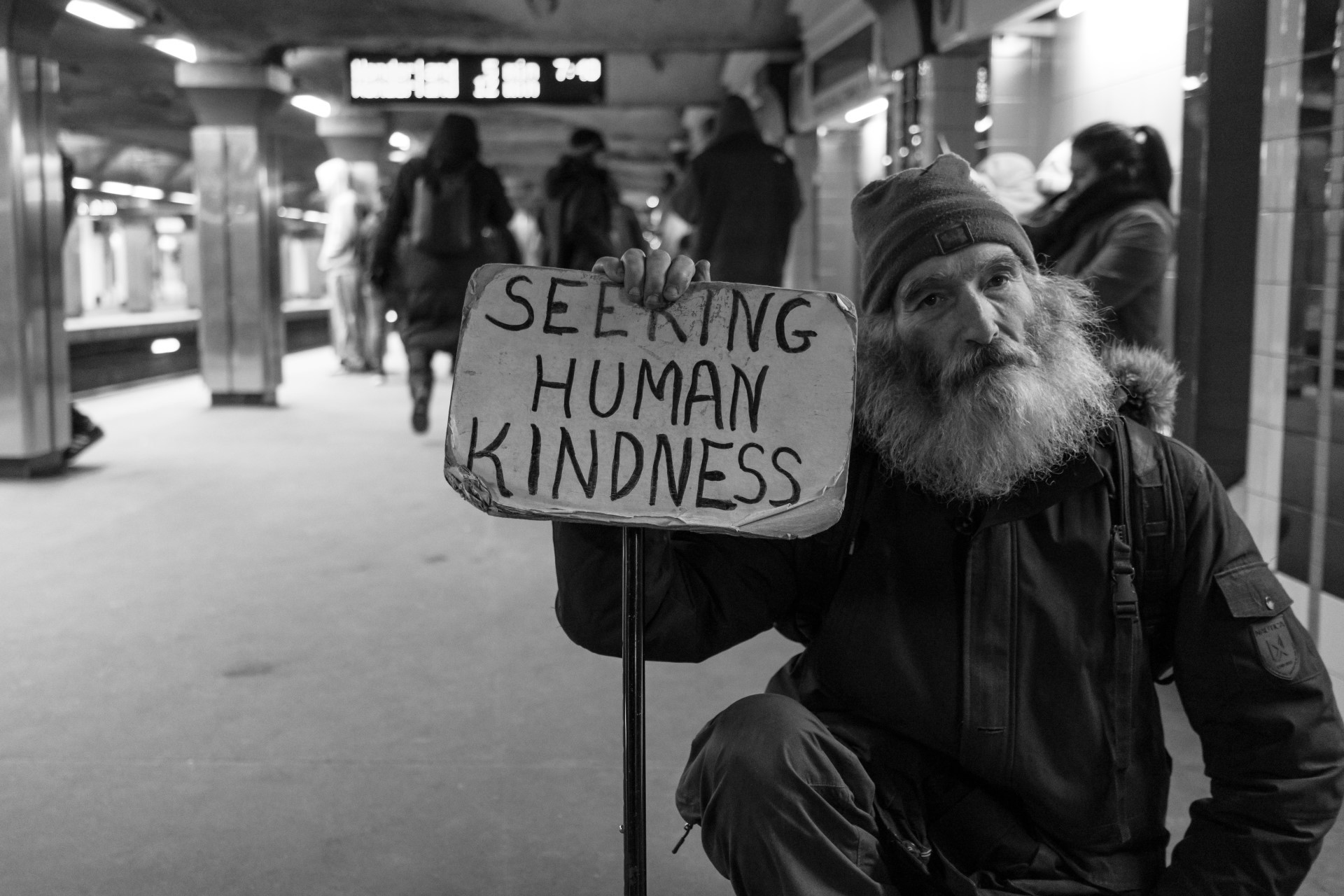Author | Lucía Burbano
One of the key aspects for maintaining a healthy lifestyle is moderate exercise. A brisk walk falls within this category, but do cities offer environments that are sufficiently pleasant to promote this and other healthy activities and prevent obesity among their residents?
A city that truly serves its residents is built on an urban design that promotes long-term health and well-being. Designing connected streets, roads, and squares that support healthy habits results from urban policies and strategies that naturally encourage walking, cycling, and public transport, promoting a more active lifestyle than one centered around private vehicles.
Obesity, causes and consequences
The World Health Organization defines obesity as “an abnormal or excessive fat accumulation that presents a risk to health”. This is measured by obtaining the body mass index (BMI), a figure obtained by dividing the weight in kilograms by the height in meters squared and it is expressed in kg/m^2^. If this is over 25 it is considered overweight, and over 30 is obese.
The main cause of obesity is an energy imbalance between calories consumed and calories expended. Sedentary lifestyles caused by work and leisure activities requiring little movement, the emergence of private vehicles and urban planning are some of the reasons.
The possible consequences of obesity on health are the development of cardiovascular diseases, diabetes, musculoskeletal disorders and some forms of cancer.
Good urban planning to improve health

Numerous urban strategies can promote healthy lifestyle habits, many of which are already being implemented in many cities around the world.
Compact neighborhoods
Compact urban areas where leisure, services, infrastructures and public transport are located within an easy and short distance on foot or on public transport, encourage pedestrians to walk instead of using private vehicles.
Walkable cities, which concentrate the majority of their services within a short walk, can be really interesting for preventing obesity. If citizens take less time to get to the healthcare center, place of study or work, than simply looking for a parking space (or even waiting for public transport to arrive), they may end up exercising every day.
More areas for children to play and adults to exercise
Increased childhood obesity is a fact, and in countries like the United States the figure has reached 19% in this age segment. Including children’s parks with outdoor physical activities is a great antidote to this blot that is now affecting young children.
Open-air gyms
Exercise areas in green zones or public parks are becoming increasingly popular, with areas and machines for exercising, as a way of encouraging healthy lifestyle habits to combat obesity.
The benefits of health-oriented urbanism

Applying and evaluating urban policies aimed at reducing obesity is most effective when grounded in data. Danish architect and urban design consultant, Jan Gehl, has developed methods and tools to collect data on how people move through cities—on foot and by bicycle—and how they spend time in public spaces, aiming to understand how physical activity can be naturally woven into everyday life.
In fact, Gehl’s methods are already being implemented in numerous cities. The Splash Jam project in Lexington, Kentucky, USA, was a pilot initiative that revitalized a public play area. Surveys on public life in urban spaces revealed that children in the area regularly played in a water fountain in Thoroughbred Park.
Instead of discouraging this behavior, Gehl collaborated with local authorities to recognize the demand for water play and to identify a suitable location for it during the summer months. A site was selected that spans four neighborhoods with diverse socioeconomic backgrounds, presenting an opportunity to test the aquatic play area as a catalyst for social interaction among different communities.
A study conducted in 14 cities across 10 countries quantified the impact of urban design on physical activity: people living in highly walkable neighborhoods had a lower obesity rate: 43% compared to 53% in less walkable areas. Furthermore, these people engage in an average of 68 to 89 more minutes of physical activity per week.
Informed decision-making on healthy urban design and strategies is made possible by these and other data sets, including information about the built environment, such as air pollution, the quality of green spaces, and safety conditions that either encourage or discourage movement and time spent in the city.
Cities that are combating obesity
More than half of the world’s population is now living in urban areas, and this figure is expected to rise to 70% by 2050. In developed countries, one in two people are overweight or obese, and the trend is now moving to less-developed countries.
In Latin America, there is a greater prevalence of obesity in cities. In India, it is estimated that 50% of urban women are obese, compared with 20% who live in rural areas.
However, cities are striving to reverse this situation:
● In Lecco (Italy), Piedibus has been launched, a walking program in which parents and volunteers accompany children to school to promote physical activity.
● Also, in the Italian region of Romagna, the ‘Wellness Valley’ project addresses chronic health risks through a social innovation model that includes designing preventative interventions to promote physical activity. For example, in the Rimini Valley, the coastline has been transformed to encourage walking and cycling by creating car-free zones. Adults living in this valley are 10% more active than those in the rest of Italy.
● In Arlington (Virginia) the “Groceries Without a Car” campaign has been launched, which offers drivers a calculator to see how many calories they burn, how many dollars they save and how many CO2 emissions they reduce if they choose to walk instead of driving.
● In California, several cities have banned the construction of new drive-through fast food windows to dissuade their residents from the “eating in the car” culture, which contributes to bad eating habits.
● In Oklahoma City, one of the cities with the highest number of overweight residents in the United States, they have declared war on fat, with an initiative that includes the creation of parks, sidewalks, bike lanes and trails with gardens throughout the city and the construction of gyms in all the schools within the city. Thanks to this initiative, its citizens have collectively lost thousands of kilos of fat.
● In Copenhagen, 49% of trips to work or school are made by bike, and residents collectively walk an estimated 1.44 million kilometers each day. Urban design that supports this mode of transport includes tranquil streets, clearly marked bike lanes separated from traffic in busy areas, and green routes. Restricting motor vehicle speeds and promoting connections to recreational paths beyond public roads make the Danish capital a model of efficient cycling and active living.
Images | Unsplash/i yunmai, Unsplash/Gabin Vallet, mauro mora






















































